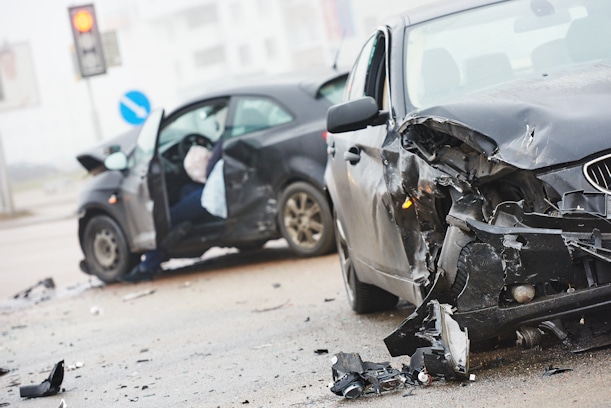Head-on collisions make up a very small percentage of motor vehicle accidents nationwide, but a much higher percentage of fatal accidents. In one recent year, the Insurance Information Institute reports that more than 10% of fatal traffic crashes involved head-on collisions.
Some common causes of head-on collisions include:
- Driving the wrong way on a one-way street
- Crossing the center line into oncoming traffic
- Falling asleep at the wheel
- Driving under the influence
- Driving too fast around a curve
- Careless passing
Head-on crashes are also more common on rural roads, which are often high-speed, undivided, and relatively narrow.
Head-On Collisions in Massachusetts
Despite the statistically small number of head-on collisions, Massachusetts has seen several already in 2020. Some recent examples include:
- A mid-February crash in Norton that occurred when a driver alleged to have been operating under the influence of alcohol crossed the center lane and hit an oncoming vehicle–the driver who veered into oncoming traffic was not injured and the other driver sustained non-critical injuries.
- A driver and passenger were killed in a head-on collision in Braintree, and the driver of the other vehicle injured when they collided while traveling in opposite directions–it appeared that the driver who was killed had crossed into the other driver’s lane.
- One man was killed and two others injured in a late-January crash in Rockland.
- Two men were seriously injured in mid-February in a head-on collision between their snow machines–they were traveling in opposite directions on the same trail at the time of the crash.
Of course, as with any type of traffic crash, you can take steps to protect yourself against a head-on collision. And, certain safety measures reduce the risk of fatality in a head-on collision.
One of the most important steps a driver can take to avoid a head-on collision is to avoid driving while impaired. That includes not only driving under the influence of drugs and alcohol, but also when your ability to operate the vehicle safely is compromised in some other way. One common example is driving while tired. While sleep-deprivation is a common state in the U.S. today, it’s also a dangerous one. A driver who has slept less than four hours in the previous 24 is about nine times as likely to get in an accident as one who slept seven hours or more. And, falling asleep at the wheel or even drifting off and losing focus can easily lead to crossing the center line.
Another is to maintain a safe speed, and to slow down in situations where visibility is low, the road curves, or the risk of inadvertently crossing the center line is otherwise high. Take particular care on rural roads, where there may not be clear markings on the road and visibility may be limited at night.
And, of course, always be alert. While you can’t prevent another driver from losing control, drifting off at the wheel or taking a wrong turn down a one-way street or onto a one-way ramp, being vigilant may give you the crucial few seconds that will allow you to take defensive action.
To reduce the likelihood of serious injury or fatality if you are involved in a head-on collision, make use of safety equipment by always wearing your seat belt and keeping your air bags in working order. You can also reduce the potential for damage by maintaining a reasonable speed–the greater the momentum, the greater the risk of serious injury or death.
Seek Help after a Head-On Collision
Although head-on collisions aren’t common, they can be very serious. If you’ve been injured or have lost a loved one in a head-on collision because someone else was negligent, you may be entitled to compensation
Schedule your free consultation right now by calling 978-459-3085 or filling out the contact form on this site.

